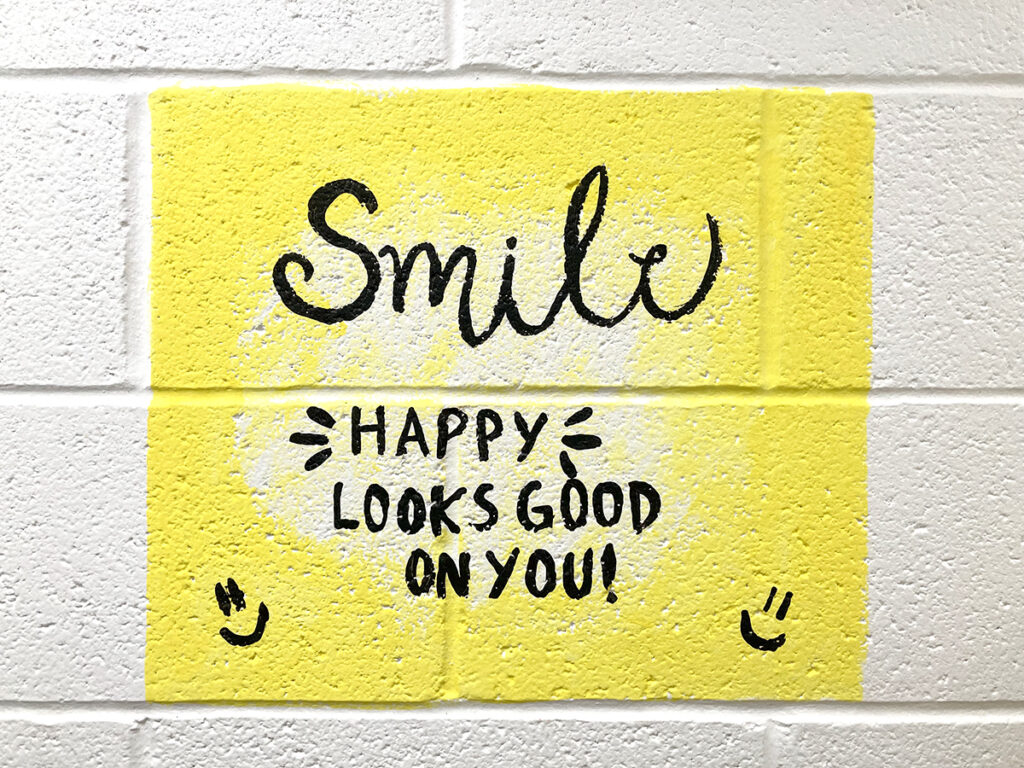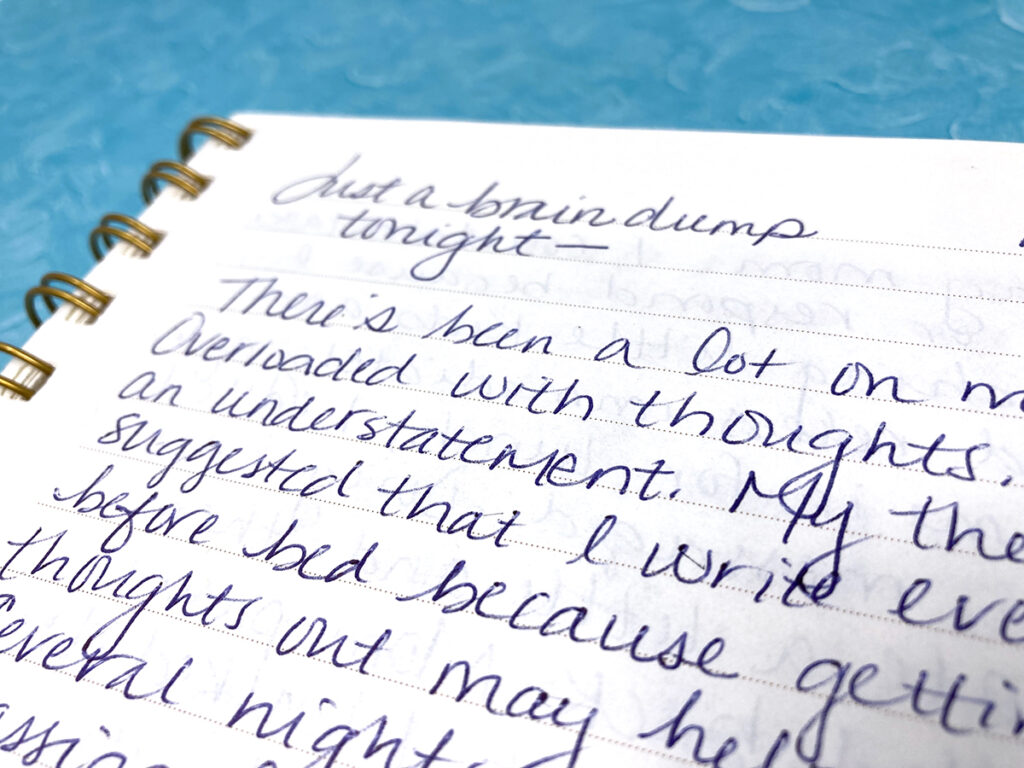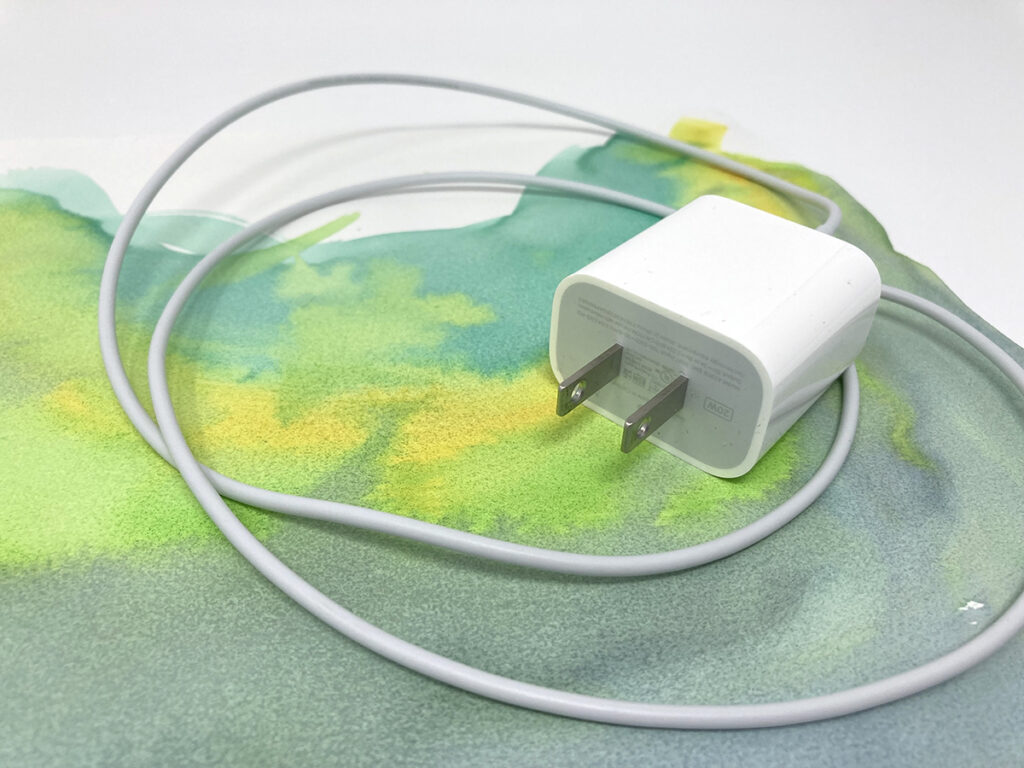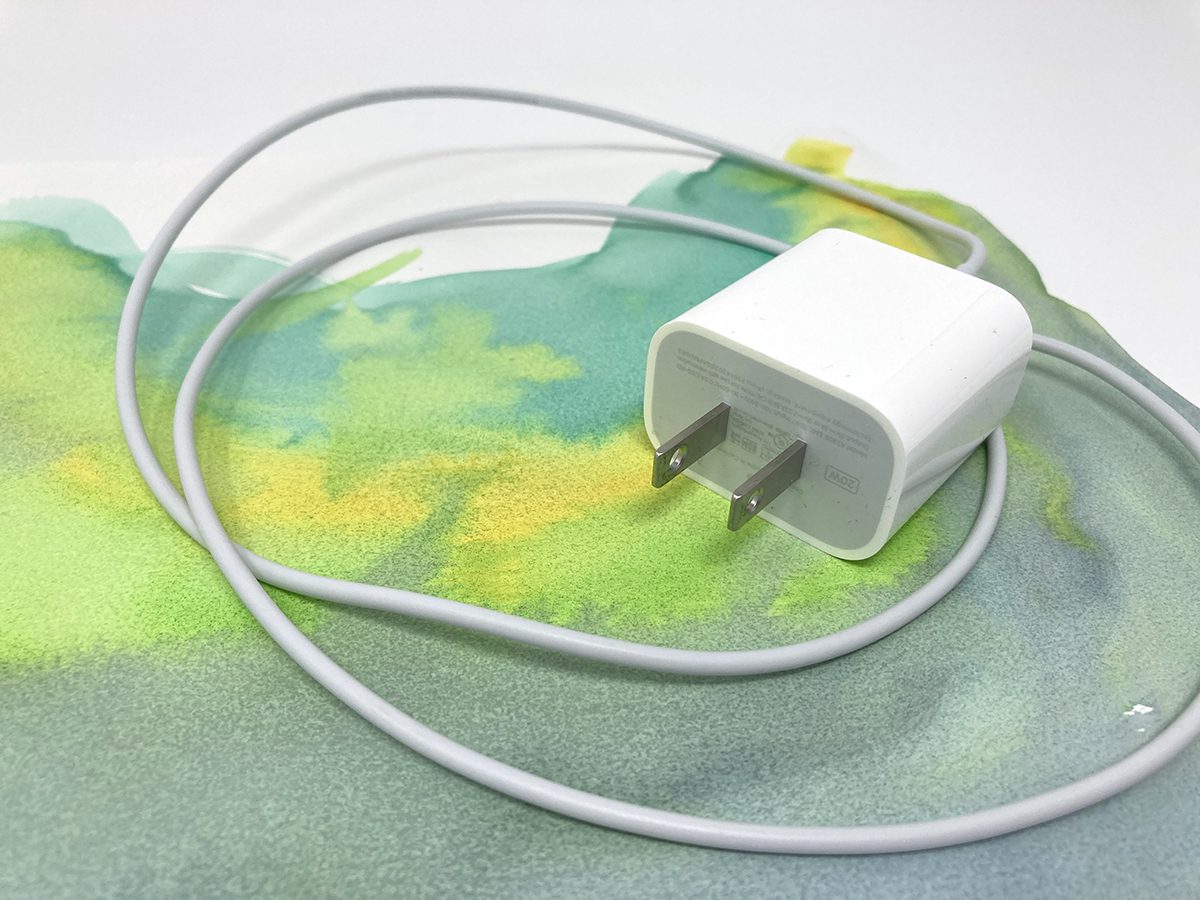It’s starting to look like that time of year again—dwindling art supplies, paint-stained tables, teacher evaluations, and preparations for the end-of-the-year art show. We may start feeling the pressure to extend ourselves beyond our limits to meet deadlines, support standardized testing schedules, and impress administration with our art programs. Of course, this is all while balancing work and personal life. You may find yourself in a slump, burned out, or falling into the rabbit hole of negativity from colleagues who used to lift your spirits.
You can use this season of your life to reconsider how you treat yourself by making you your number one priority. You can begin discovering ways to recharge and be present for the one who matters the most—YOU. Surrounding yourself with a supportive circle of influence and taking time to rest, both professionally and personally, can positively influence your life.

When you feel like you lack energy, how do you recharge?
Any art teacher who has stepped foot in front of a studio classroom full of learners knows there’s a lot behind that initial smile we put on at the start of our day. For some, it comes naturally, while for others, it can seem like a struggle even under the slightest hint of stress. If you are looking for ways to reignite your passion for teaching art, find excitement during your day, or simply add a boost to your attitude, keep reading to learn why you should reconsider your relationships with others and with yourself.
1. Surround yourself with a circle of influence.
Feeling connected to others is a basic human need. Relationships with members of your art department, colleagues, students, and of course, personal friends and family can help you feel a sense of belonging. It is important to surround yourself with a circle of people who will be there to support you, lift you up when you are feeling down, and influence you to become a better version of yourself.
Who is in your circle of influence? Check out who you can connect with below:
- Like-minded people, such as the faculty, staff, and students at AOEU, can be a great place to start. Being hyper-focused on art education “for art teachers, by art teachers,” AOEU provides experts who can relate to you and your needs inside and outside of the art room. Art teachers can understand the demands of professional life, encourage you to grow, and inspire you to remember who you are as an artist.
- Chat with others who have diverse and different perspectives than you do. This can help you better understand beliefs and opinions other than your own. Consider focusing on an area of commonality before connecting on a deeper level. Opening yourself to this type of relationship can bring you closer together and heighten your empathy towards others.
- Social or community groups outside of art education are another place where you can stretch your interests, develop your skills, and meet with new people. Singing in a local choir, taking a cooking class, attending a community event, or joining an athletic team are all options to grow and connect.
Whatever ways you choose to build relationships will be personal. Think about who is present for you now. Also, think about how you might get involved with others who will not only support you but will add value by challenging you to level up.

2. Take time to rest.
Finding time to rest during your day may be tricky as a busy art teacher. The fast-paced nature of our job keeps us on our feet, plugged in for parent communication, logged into hybrid teaching, typing away at lesson planning, and hopeful that we can sit down in a quiet space during our lunch break. All of this can leave you feeling drained by the time the dismissal bell rings.
Striking a balance between your responsibilities as an art teacher, personal life, and true rest is important to curb burnout and recognize when to take that needed break and recharge. Resting means more than your bedtime routine. According to Dr. Saundra Dalton-Smith, “Sleep is only one part of the big picture. It’s only one of the seven types of rest.” In her book, Sacred Rest: Recover Your Life, Renew Your Energy, Restore Your Sanity, Dr. Dalton-Smith shares the seven types of rest: physical, mental, emotional, social, sensory, creative, and spiritual. She explains that rest is more than taking a quick break during your day. Instead, “Rest is about replenishing, restoring, renewing, recovering, rebuilding, regenerating, remolding, and repairing.” Consider what your own rest looks like. Does it refuel your energy levels, or is it time to focus on other types of rest beyond bedtime?

Here are the seven areas of rest you can explore to meet your needs:
- Physical: Your body needs time to sleep and recover from the day, but there are also health benefits from physical activity, such as stretching, yoga, and exercise. Spending a few minutes during your day for movement and mindfulness can be an option to make your time in the art room more productive.
- Mental: When your mind feels overwhelmed by thoughts or you are having a difficult time concentrating, this can be a sign that mental rest may bring you some relief. Having a journal to jot down or sketch your thoughts can help to calm your mind and reduce stress.
- Emotional: Dr. Dalton-Smith explains emotional rest as “having the time and space to freely express your feelings and cut back on the people-pleasing.” Read these phrases and consider if you relate:
“Yes, I can make all of the homecoming dance decorations.”
“I’m just fine, thanks.”
“I can squeeze in this poster contest. I might have to rearrange my curriculum plan, but I can do it because my principal wants our school represented.”
“I guess teaching from a cart again will have to do. I don’t have any other choice.”
Emotional rest can help you respond with authenticity when you are being true to yourself, your feelings, and your time. Is people-pleasing a struggle for you? It’s okay to be honest with your emotions and set boundaries. Read these two articles (1, 2) for more support. - Social: Relationships are key when it comes to social rest. Feeling a sense of belonging with supportive people can be uplifting. If you are looking for ways to spark social connections with your friends, take a look at some of the experience gift ideas shared in last year’s art teacher holiday gift guide.
- Sensory: Your senses are hard at work while teaching in the art room. Students require your focus and attention while all sorts of sounds in the studio surround you. You are plugged in typing lesson plans or posting pictures of artwork to your classroom social media page during your planning period. All of these can take a toll on your sensory input and cause symptoms from irritability to anxiety. Sensory overload can be combated with small but consistent changes. Try sitting in your quiet art room unplugged with the lights out over lunch or taking a walk outdoors where you immerse yourself in the sounds of nature.
- Creative: As art teachers, we are used to being labeled as the creative ones. We may feel a little burned out when we are constantly expected to engage our students in new ways and balance creativity and responsibility. Being creative looks different for everyone and may not look like making art. Sometimes this type of rest can be your favorite outdoor retreat, learning how to cook a new recipe, writing, or whatever inspires you to create.
- Spiritual: Dr. Dalton-Smith explained that spiritual rest is “the ability to connect beyond the physical and mental and feel a deep sense of belonging, love, acceptance, and purpose.” One way to satisfy spiritual rest is to create art outside with your classes or by yourself. Connecting with nature through art can be inspirational as you observe the beauty, sound, and scents surrounding you.

No matter what life throws your way, the only person who knows you best is you. Discovering who is in your circle of influence and surrounding yourself with people who can add value to your life may put you at ease when you need it the most. Learning how you can truly rest and recharge will invite you to embrace those simple pleasures that life has to offer. Being comfortable with putting yourself first may be an adjustment, but it is one that is worth your time and energy.
Who is in your circle of influence?
What recharges you when you give yourself permission to rest?
Magazine articles and podcasts are opinions of professional education contributors and do not necessarily represent the position of the Art of Education University (AOEU) or its academic offerings. Contributors use terms in the way they are most often talked about in the scope of their educational experiences.





